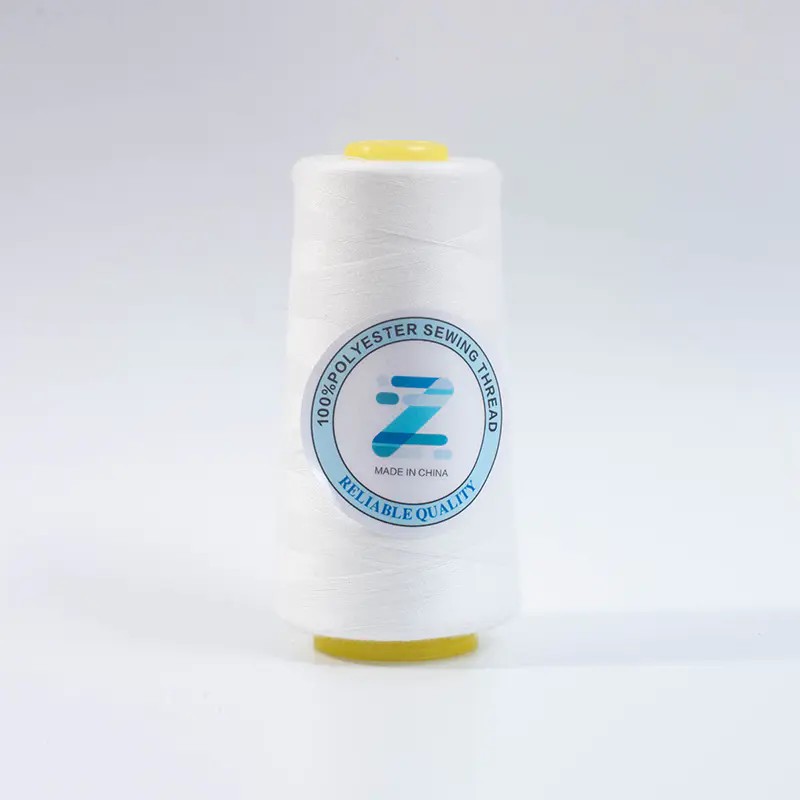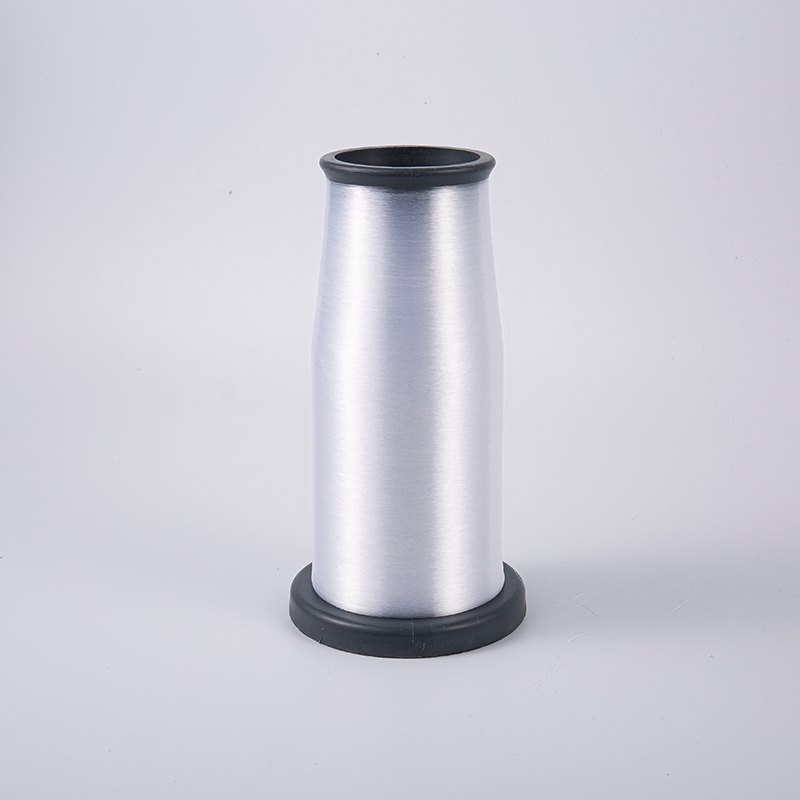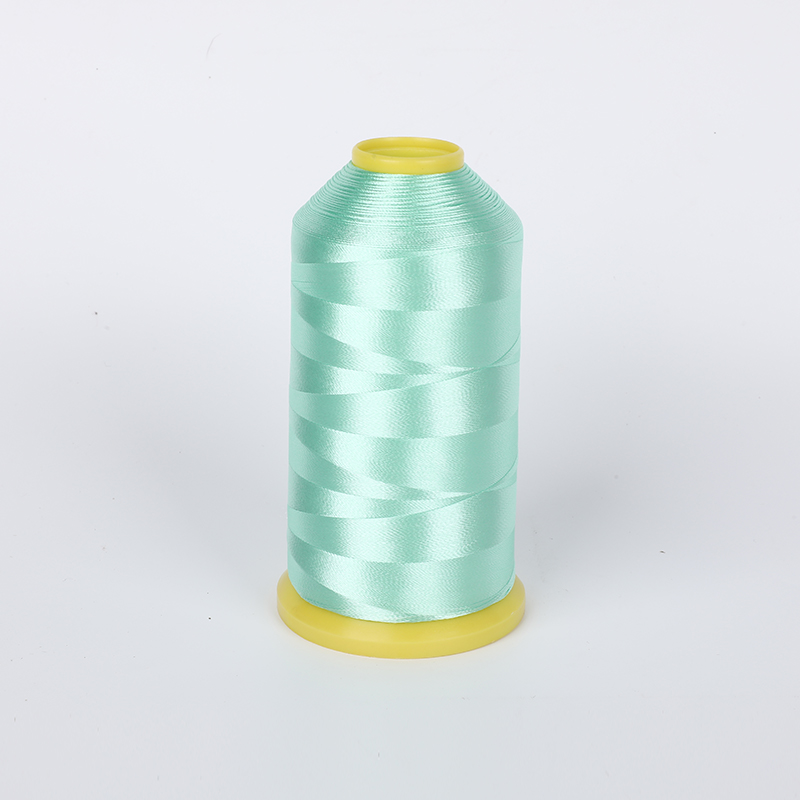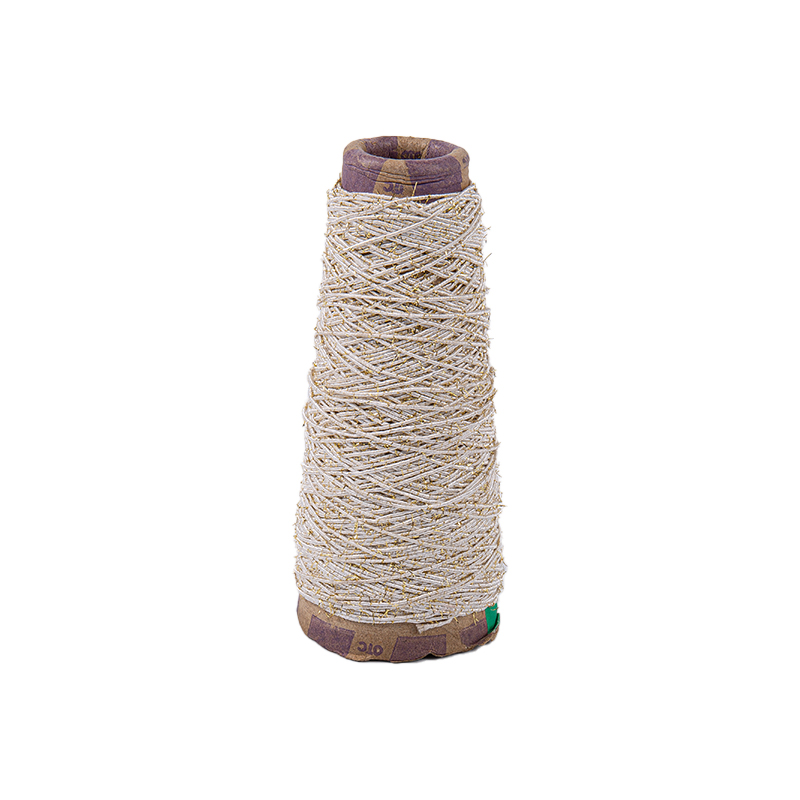Content
In the world of workwear, durability and performance are paramount. Whether it’s heavy-duty jackets for construction workers, protective clothing for industrial environments, or specialized uniforms for outdoor activities, the stitching used to hold these garments together plays a critical role. Enter nylon stitching thread, a material that has become a cornerstone of modern workwear manufacturing, known for its unparalleled strength, resilience, and versatility.
Nylon stitching thread has proven to be an ideal choice for strengthening seams and improving the overall performance of workwear.
Exceptional Strength and Durability
Workwear is exposed to demanding environments, from extreme weather conditions to rough physical activity. For garments to withstand such stresses, the seams must be strong enough to hold the fabric together under tension. This is where nylon stitching thread excels.
Nylon is a synthetic polymer known for its high tensile strength and resistance to abrasion. These qualities make it perfect for stitching workwear that must endure frequent washing, intense physical activity, and exposure to harsh elements. Whether used for outerwear, gloves, or protective aprons, nylon stitching thread offers superior durability, ensuring the seams won’t break or unravel under stress.
In addition to its strength, nylon has a high elasticity, allowing it to stretch without snapping. This flexibility helps prevent threads from breaking or fraying, even in garments that are subject to regular pulling or bending.
Resistance to Environmental Factors
Workwear garments are often exposed to a wide range of environmental factors, from water and sunlight to oil and chemicals. These external conditions can weaken the fabric and stitching of lesser-quality garments, leading to premature wear and tear.
Nylon stitching thread offers exceptional resistance to UV rays, making it less likely to degrade or fade when exposed to sunlight. This is particularly beneficial for workwear worn outdoors, such as safety vests or coveralls. The thread's resistance to moisture and chemicals also ensures that it maintains its strength, even when exposed to oils, solvents, or detergents commonly found in industrial or workshop environments.
For those who work in wet or humid conditions, nylon's water-resistant properties help ensure the stitching remains intact, reducing the risk of seam failure and garment breakdown.
Improved Comfort and Flexibility
While nylon stitching thread is celebrated for its strength, it is also highly flexible, making it an excellent choice for garments that require both durability and comfort. Workwear needs to allow freedom of movement, whether the wearer is bending, stretching, or lifting heavy loads. Nylon thread contributes to this flexibility by allowing seams to stretch with the fabric without causing discomfort or restricting movement.
This characteristic is particularly important in workwear items like pants, jackets, or overalls, where mobility is key. Nylon stitching thread helps create seams that move with the body, providing the wearer with comfort throughout their daily activities without worrying about seams splitting or threads snapping.
Better Resistance to Friction and Wear
Workwear garments often come into contact with abrasive surfaces, whether it's tools, machinery, or rough outdoor terrain. The constant friction between fabric and these surfaces can cause fabric degradation, leading to seam failure and diminished garment performance.
Nylon stitching thread is highly resistant to friction and abrasion, which helps to maintain the integrity of the seams even when garments are subjected to frequent rubbing and wear. For instance, work pants that see heavy use on construction sites or gloves used in industrial environments benefit from nylon’s ability to resist the degradation that comes from constant friction.
By using nylon stitching thread, manufacturers ensure that their garments last longer, providing more value for money for the end user. It also reduces the need for frequent repairs or replacements, which is both cost-effective and convenient.
Enhanced Resistance to Pilling and Fraying
Pilling, or the formation of small balls of tangled fibers, is a common issue in textiles exposed to regular wear and tear. It often occurs in areas of workwear that experience friction, such as elbows, knees, or the seat of pants. Over time, pilling can weaken the fabric, making it more prone to breaking down.
Nylon stitching thread offers superior resistance to pilling and fraying, ensuring that seams remain intact and the fabric stays smooth and intact. This makes it an ideal choice for workwear that is frequently laundered or exposed to rough handling. The stitching stays strong and durable, reducing the chances of garment degradation over time.
This characteristic also ensures that workwear items retain their aesthetic appearance for a longer period, which can be particularly important in uniforms or branded apparel.
Cost-Effective Solution for Manufacturers
For manufacturers, nylon stitching thread represents a cost-effective solution for producing high-quality workwear. While it might cost slightly more than cotton or polyester threads, the benefits of using nylon—such as increased durability, extended garment lifespan, and reduced maintenance—can lead to significant cost savings in the long term.
Moreover, the low-maintenance nature of nylon stitching thread means less frequent repairs and replacements, making it an appealing choice for companies looking to produce reliable workwear that can stand up to the rigors of the job without breaking the bank.
For businesses that need to meet high performance and durability standards in their workwear offerings, nylon stitching thread ensures their garments will stand the test of time, reducing both operational costs and customer complaints.
Versatility Across Various Workwear Applications
Nylon stitching thread is extremely versatile and can be used in a wide range of workwear applications. Its strength and flexibility make it suitable for a variety of materials, from denim and canvas to synthetic fibers. This versatility allows manufacturers to use nylon thread across different types of workwear, such as:
Heavy-duty work pants and coveralls that require resilient seams.
Safety vests and high-visibility garments where durability is essential.
Outdoor jackets that need to withstand weathering and physical stress.
Work gloves that require strong, flexible stitching for daily use.
Protective gear like aprons, tool belts, and harnesses that are subjected to extreme wear.
The ability to work across such a wide range of materials and applications makes nylon stitching thread a top choice for workwear manufacturers, helping them create garments that meet the diverse needs of workers in various industries.



 عربى
عربى










